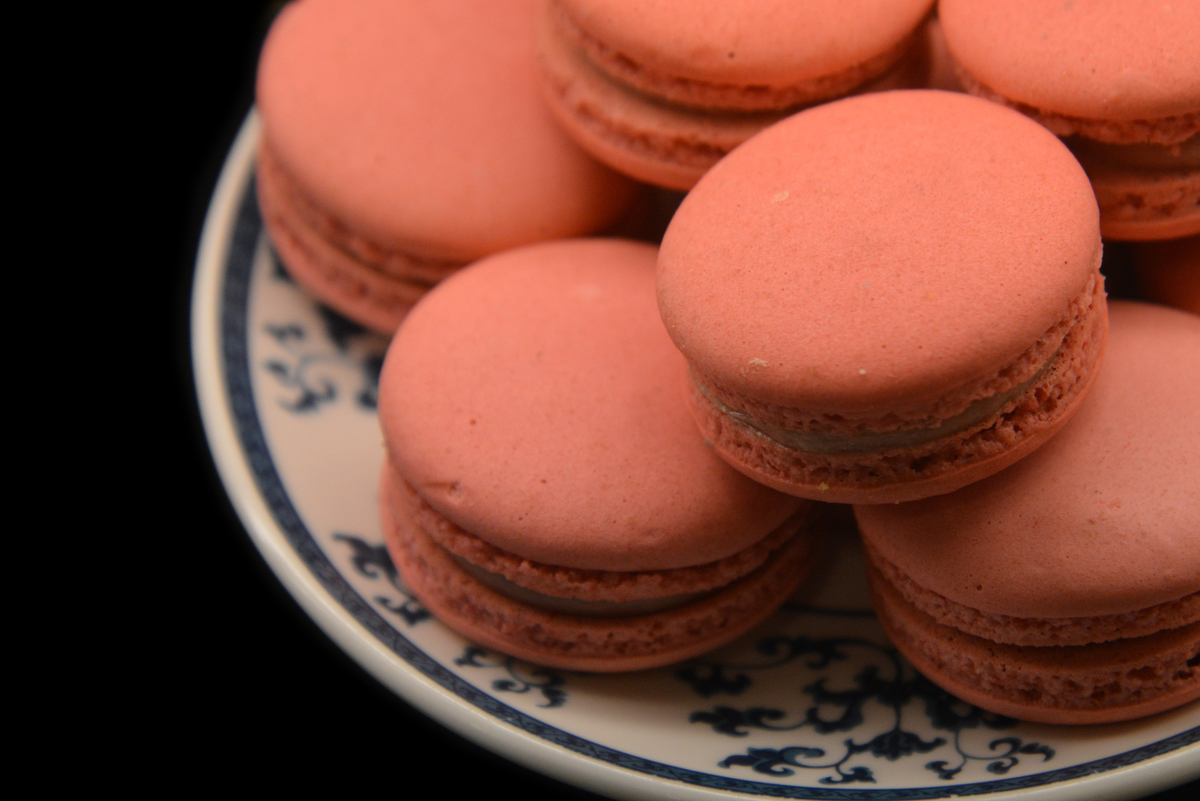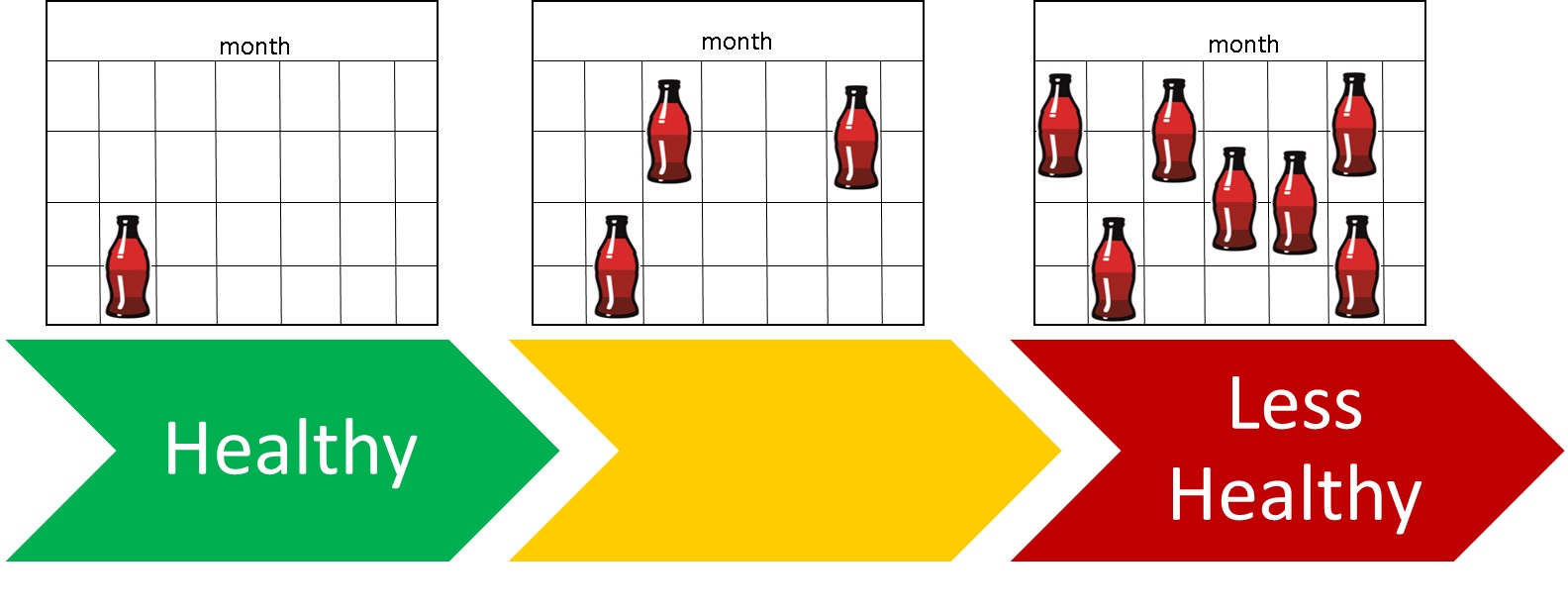The Dose Makes the Poison

There is an old saying that “there is no such thing as too much of a good thing.” When it comes to toxicology, this is not entirely true; there can certainly be too much of a good thing. For example, we all know that water is good for us, but it is completely possible to over hydrate, and potentially die.
The first thing we learn in ‘toxicology school’ is that the dose makes the poison. I want to be clear here on how toxicologists think of dose… Dose is the amount of a substance that comes into contact with a living organism. Throughout the topics discussed in this blog, dose (ie. amount of a substance entering the body) should always be considered.
For example, people ask me questions like: “is diet soda really that bad for you?” or, “is it really that bad to microwave food in plastic containers?” and my general response is that it all depends on the dose. It is probably not healthy to drink 40oz of diet soda every day, but drinking a can here and there is probably okay (depending on someone’s specific medical history).
Dose will be a constant theme throughout this blog, so keep in mind that in order for something to have a harmful effect, it depends on how much a person is exposed to it.

By — Gina Hilton is a third year PhD student in the Toxicology program at NC State. She has 10 years of experience as a research scientist in various fields including organic chemistry, complex human genetics, and toxicology. Gina is also an avid animal lover (to a 20 year-old kitty), swimmer, hiker, biker, local food shopper, loving daughter, sister, and best friend to many.
- Categories: